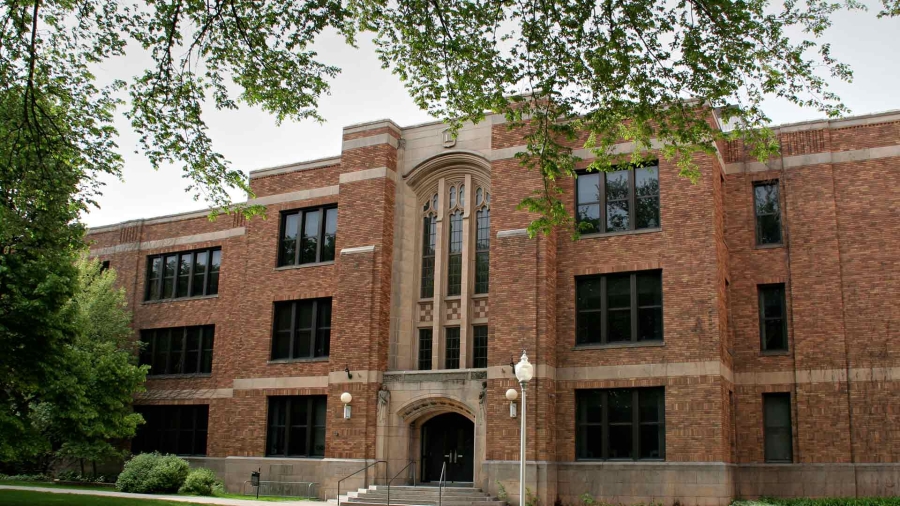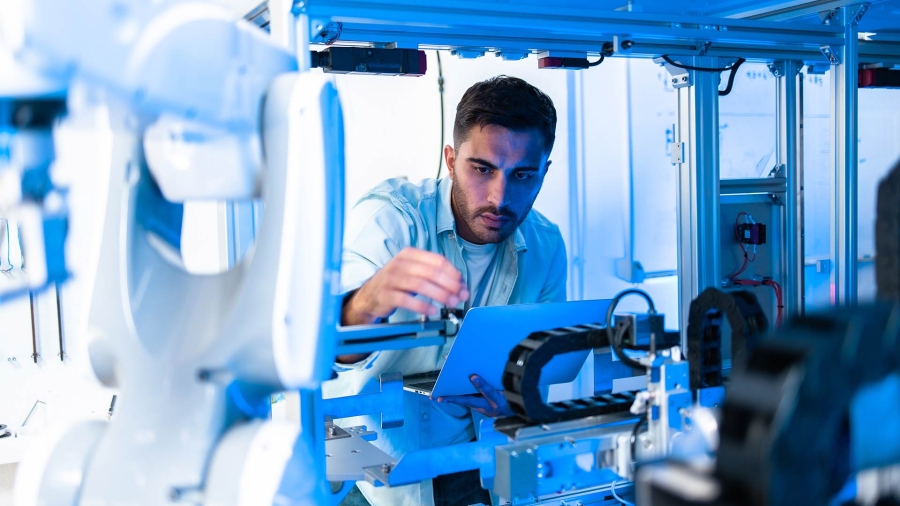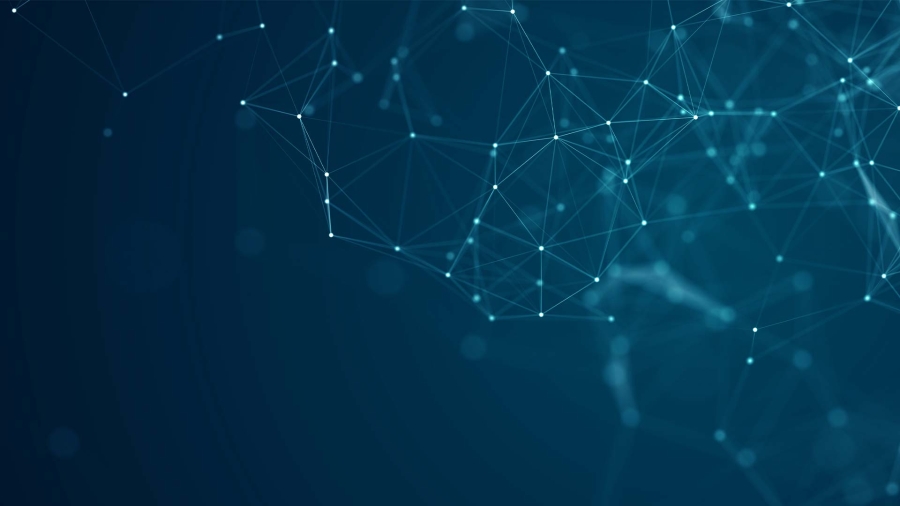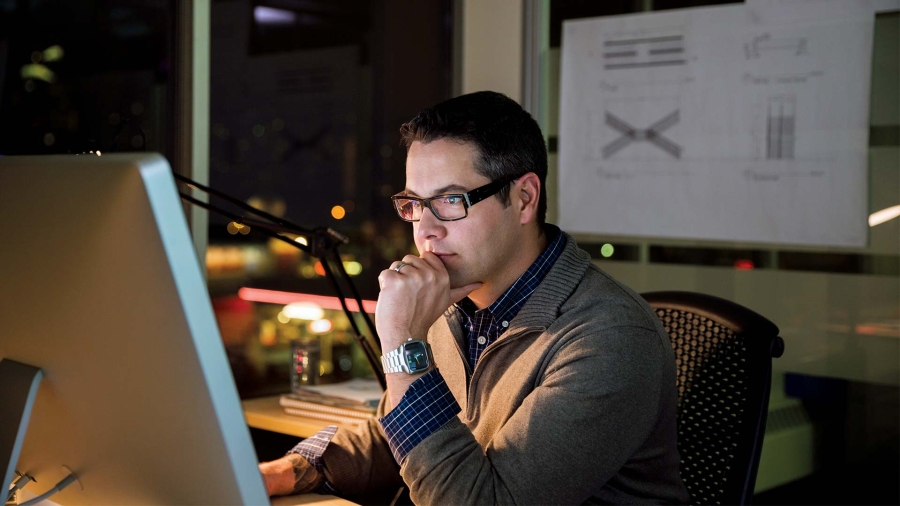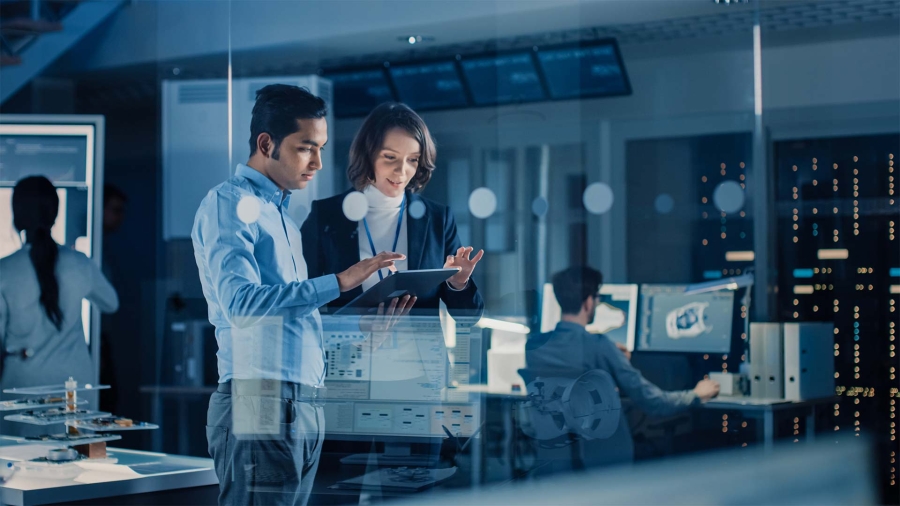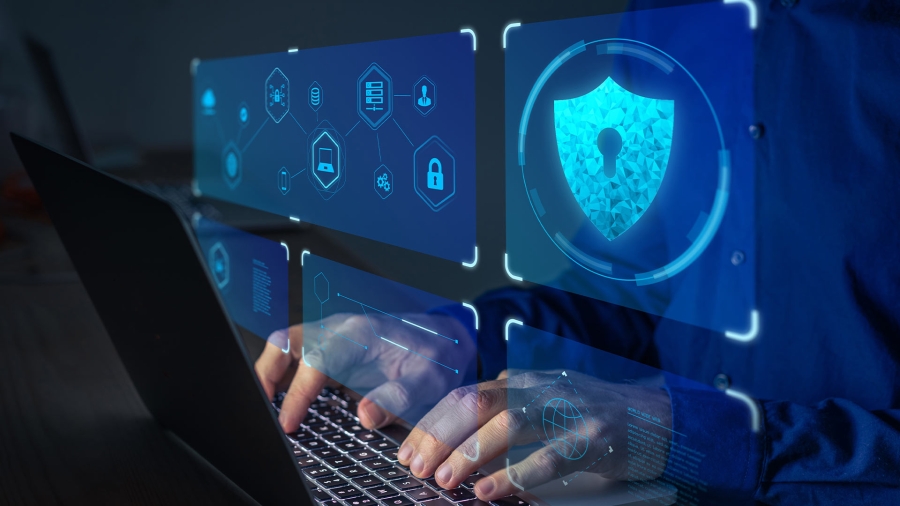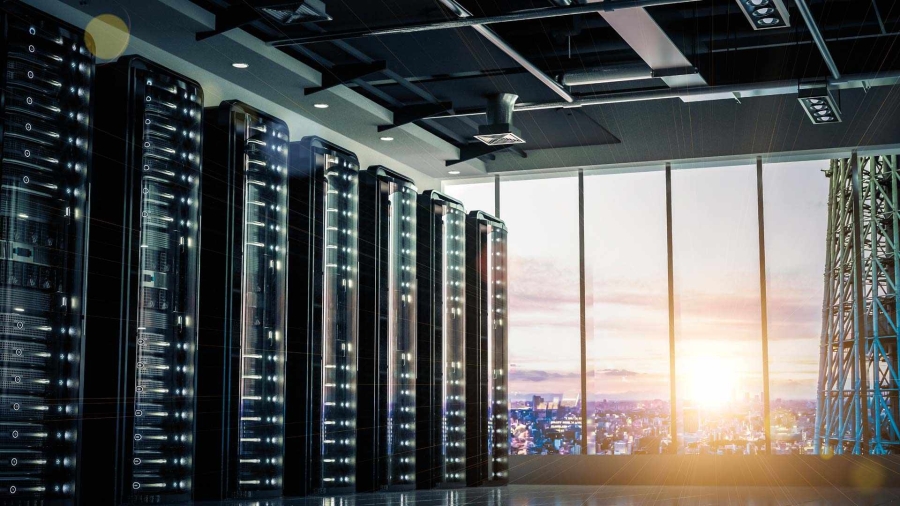Artificial intelligence (AI) technology has the potential to significantly improve a building’s energy efficiency, environmental sustainability, and occupant health, but examples have been largely theoretical.
In this paper, we describe a “real-world” AI solution and its implementation in 624 school buildings. After about 5 months of operation (winter season), the solution reduced heating energy by 4%, reduced electricity usage by 15%, reduced CO2e emissions by 205 tonnes, and reduced occupant complaints by 23%. We explain these results and provide lessons learned from the project.


